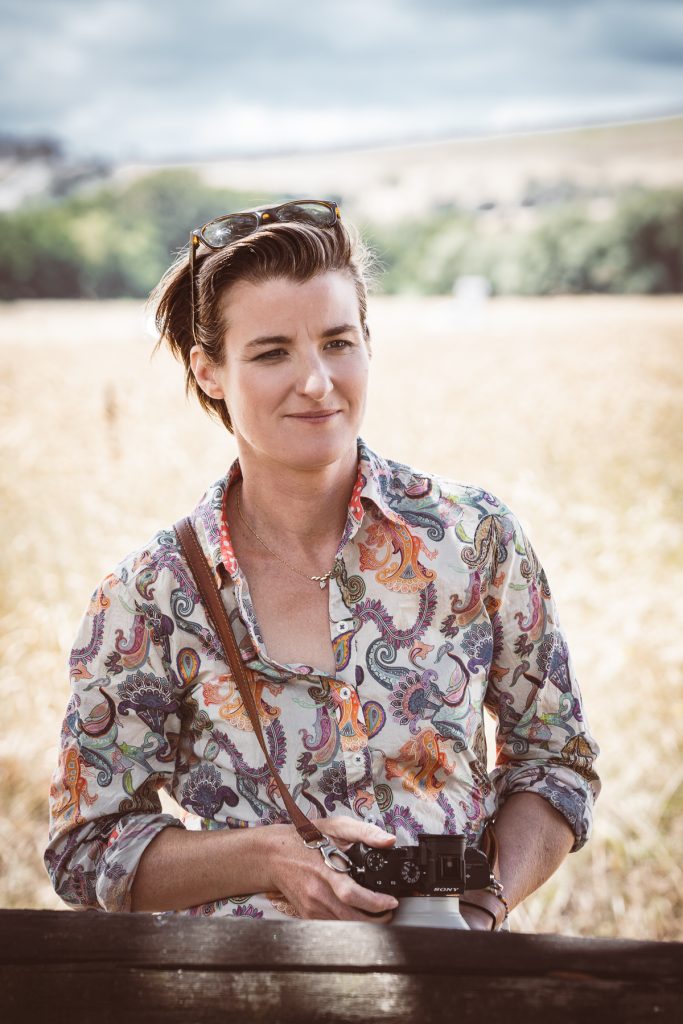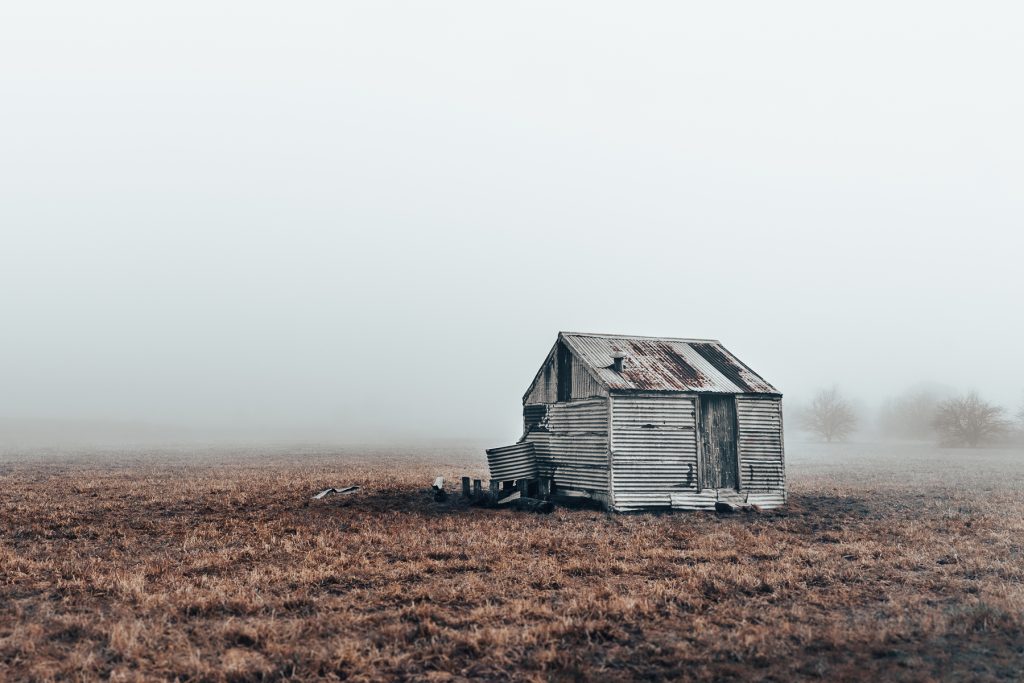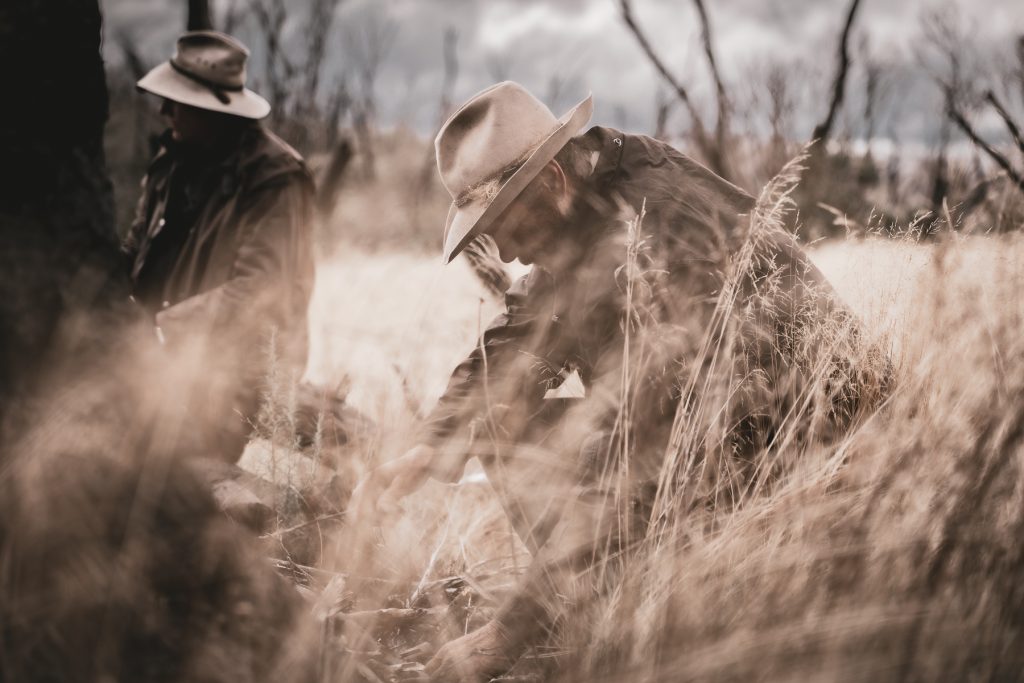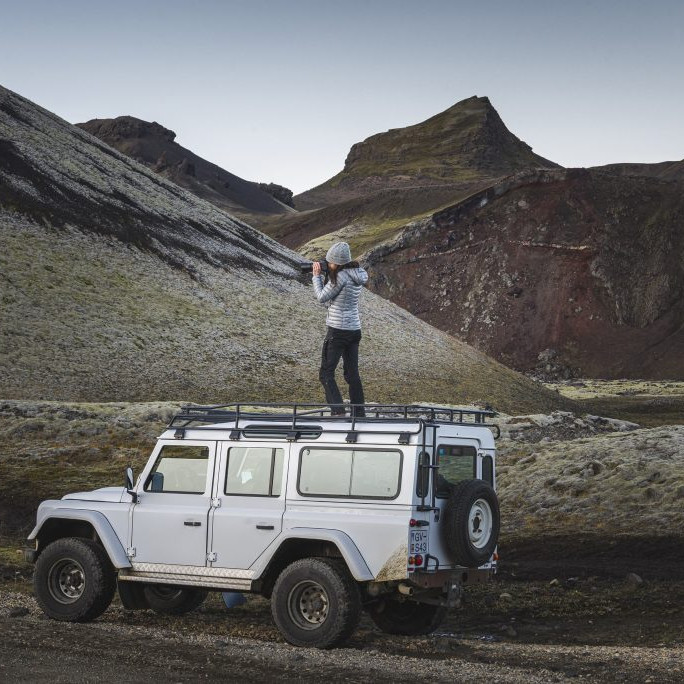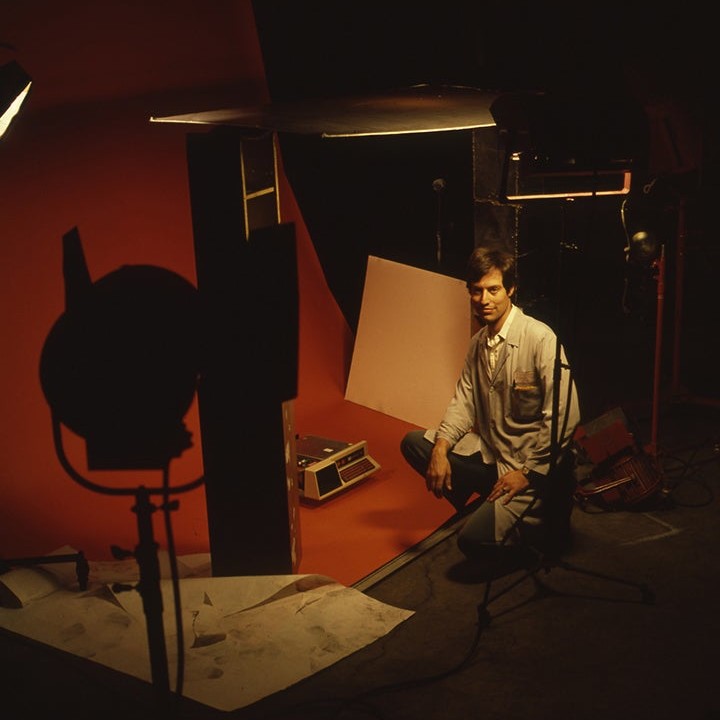Jerusha McDowell Photographer
What led you to open a Gallery and go beyond being a freelance photographer?
I studied photography and filmmaking at university and returned to photography following a very different career. I made the decision about two years ago to resign from my career in the Defence and Intelligence community to focus on photography as a full time career.
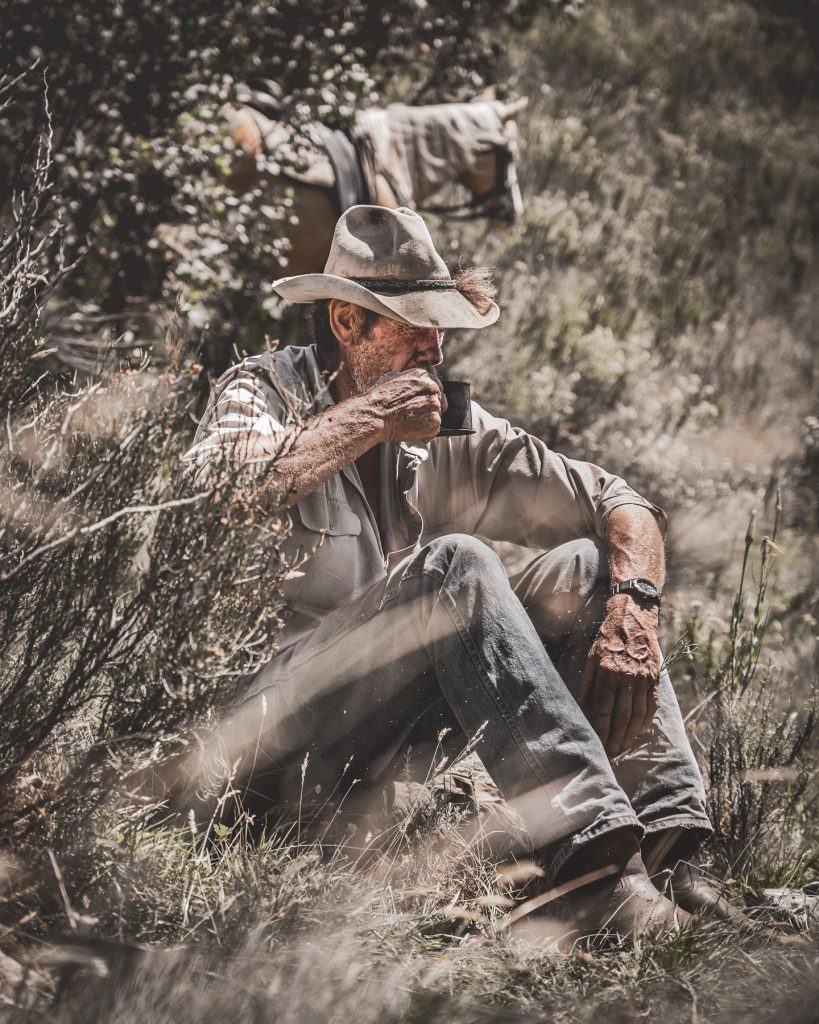
I opened the gallery exactly one year later, and it has been open now for a year. When I first returned to photography I began working as a freelance photographer doing equestrian events, and client work but I was always very focussed on developing my core landscape and documentary work and opening the gallery seemed the logical next step. There is something special about exhibiting your work the way it is meant to be experienced. The digital world is so vast these days it is easy for photographers to get their work seen without the need to print and frame and present the work. But to me a photograph isn’t really a photograph until it is printed. A photograph has such a journey from the decisions you make taking it, through the editing process, to the printing, framing, and exhibiting. The gallery is very important to me because it allows my work to reach that destination.
Added to this you are also a film maker. Tell us about this part of your professional life.
I studied both photography and film making at university, and I have always loved video and film making. I am getting the chance to do more film and video lately and I’m really enjoying it again. There will be a film component to the project I am working on in the Mountains. Right now, we’re just working through some of the logistics issues of carrying video equipment on horses.
Take us to ‘Your Australia’ through e crossing.
The Crossing is the first collection from a documentary project I am working on titled ‘Where the Snowy Mountain Stockmen Used To Ride’, photographing riding expeditions in the Australian Snowy Mountains. This is an ongoing documentary project with my friend, guide, and subject Mark Swan. It began simply, as an excuse to ride horses and shoot remote and beautiful landscapes.
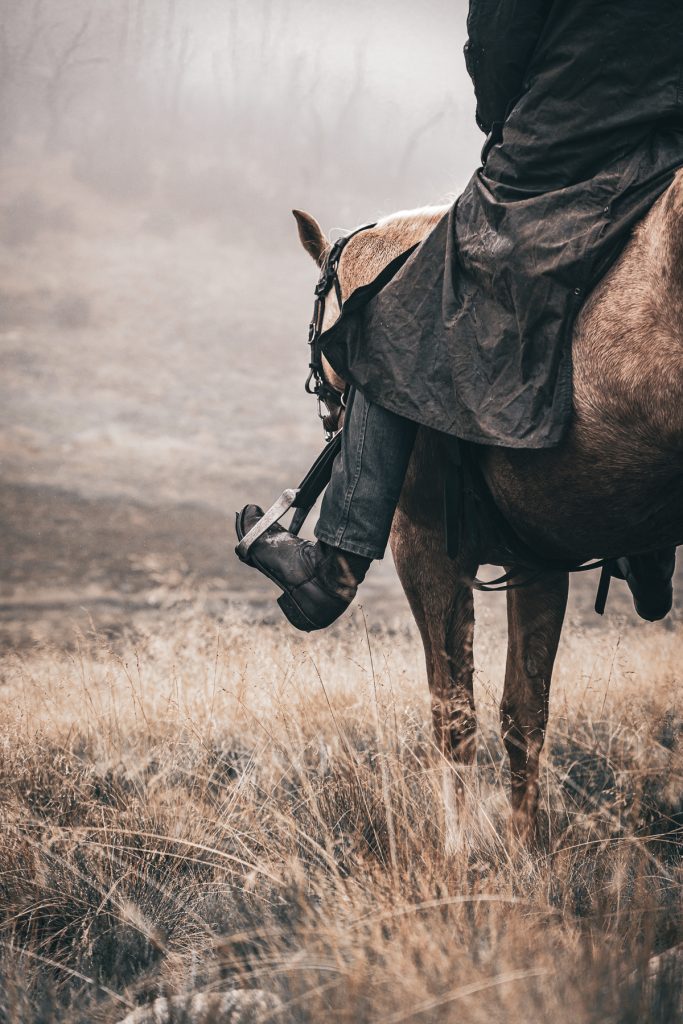
It quickly became something much more. ‘The Crossing’ collection shows a plateau crossing in bad weather near Tabletop Creek in the Snowy Mountains, and simple fireside rituals as we stop to rest and let the weather clear. Photography is about more than pictures. it’s about revealing things unseen. It’s about showing people something through your eyes. As a photographer your connection to a subject is the defining characteristic of storytelling.
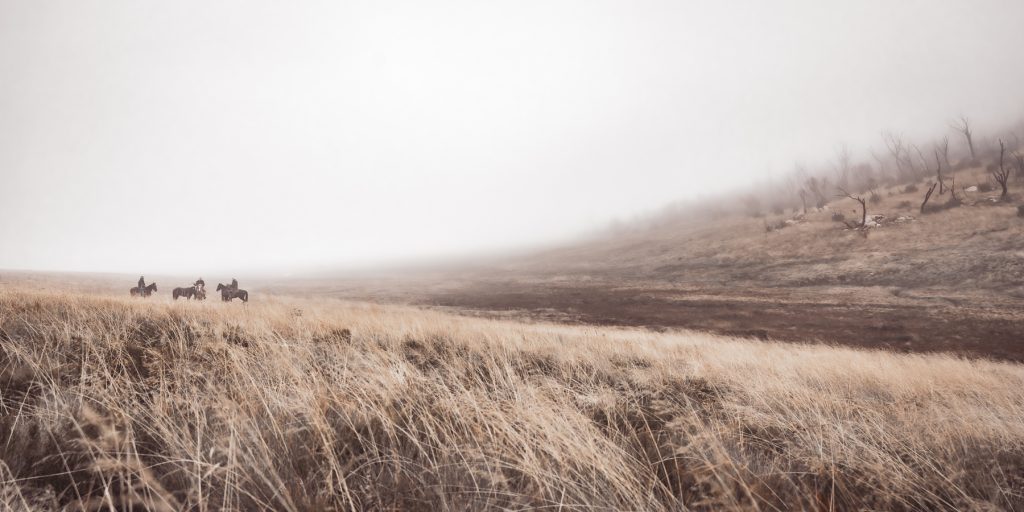
The weather up here changes so quickly, changing the entire landscape around you. The fog had closed in, blanketing the landscape, and making navigation uncertain. The wind and rain were driving in hard making lighting a fire seemingly impossible, and yet, with a little patience the quart pots were soon filled with hot tea. This project continues to be an amazing journey. Getting to capture the amazing people and places out here is one of the great privileges of my life.
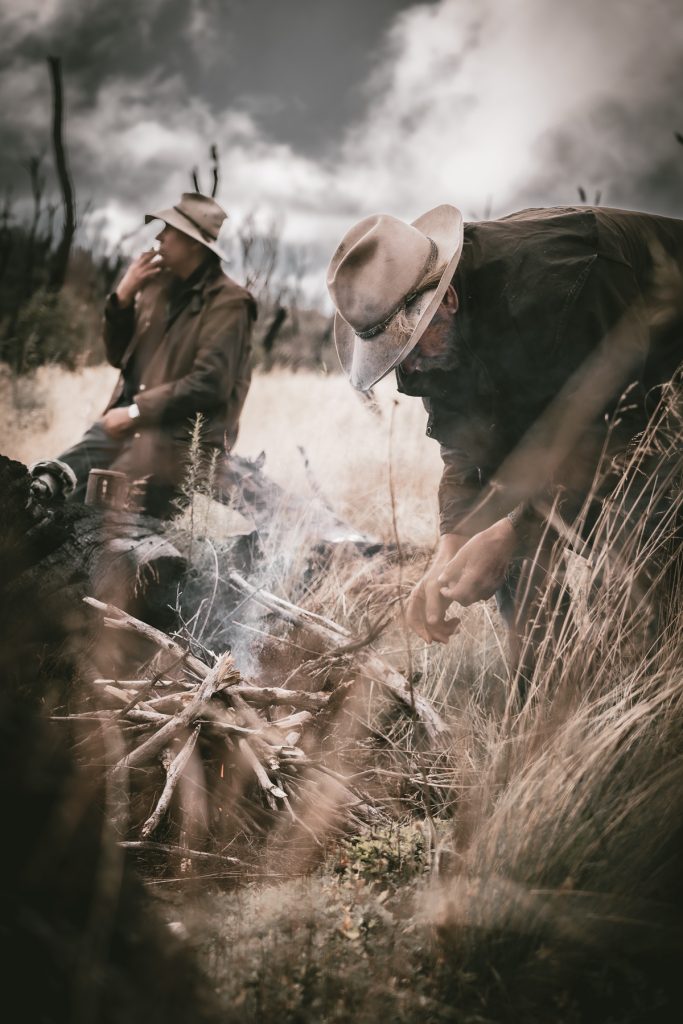
I have been overwhelmed with how this project has been received so far, it has been published in RM Williams Outback Magazine and has received a number of awards including a Top 5 in the International Photography Awards. Shooting in the mountains is never easy. The weather changes so quickly around you. The riding is hard, the environment harsh and unforgiving especially on sensitive camera equipment. But as an artist these are the projects you dream about.
Discuss the pleasure of cropping and highlighting images? E.g. ‘Buckled’
The editing process is interesting, I never really sit down with an image and know exactly where I’m going. I feel like every image has its own journey that it takes me on, not the other way around. The decisions you make when editing in photography are usually about what to leave out rather than what if anything you add. Cropping can change the whole story quickly by removing the clutter and distraction around an element you are focussed on. Buckled is a really good example of this. Where focussing on a much smaller part of the scene tells a more potent story.
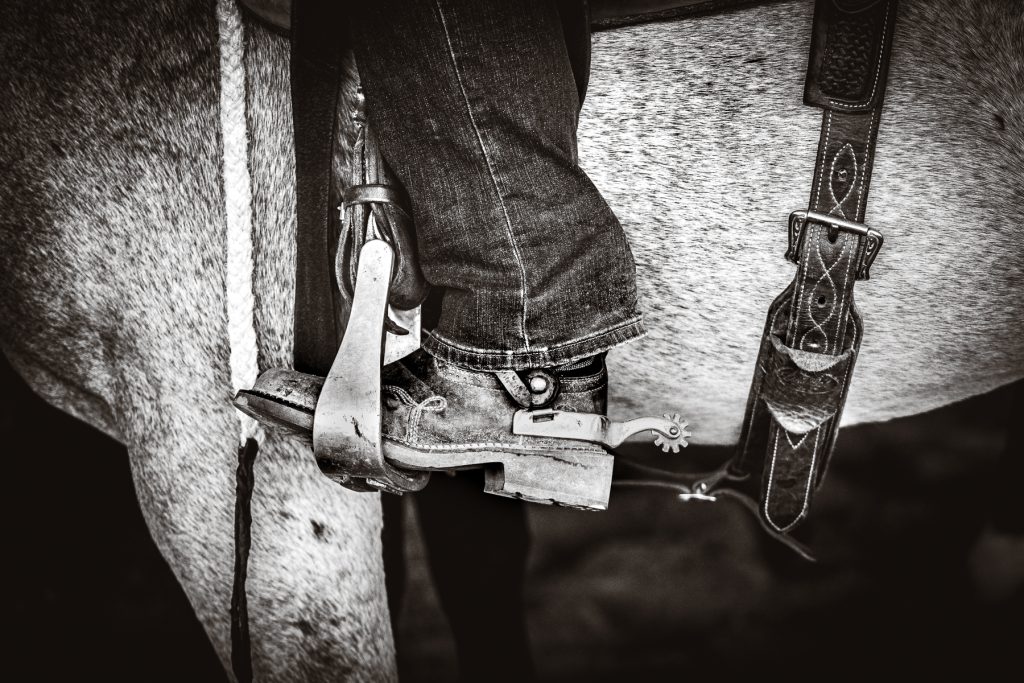
Comment about the importance of limited editions of your photographs?
Doing limited editions is something that was a natural progression after I opened the gallery. It reinforces that the photographs are a finite physical thing. This is really important in the modern/digital world I think.
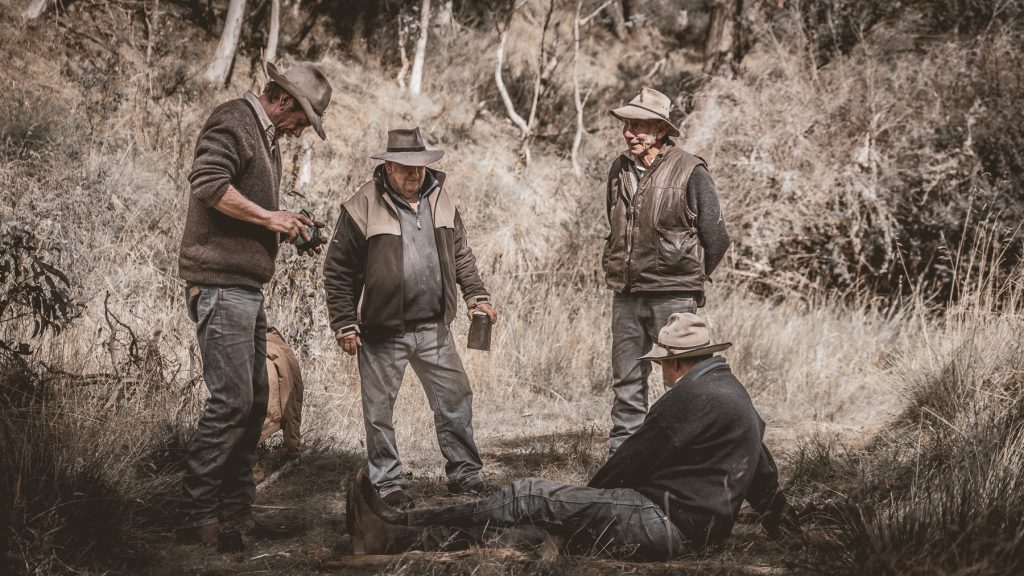
Also, smaller purchases, cards, and the sold-out calendar for 2024.
The gallery offers selection of fine art landscape documentary works as well as a range of cards and giftware.
HORSES…
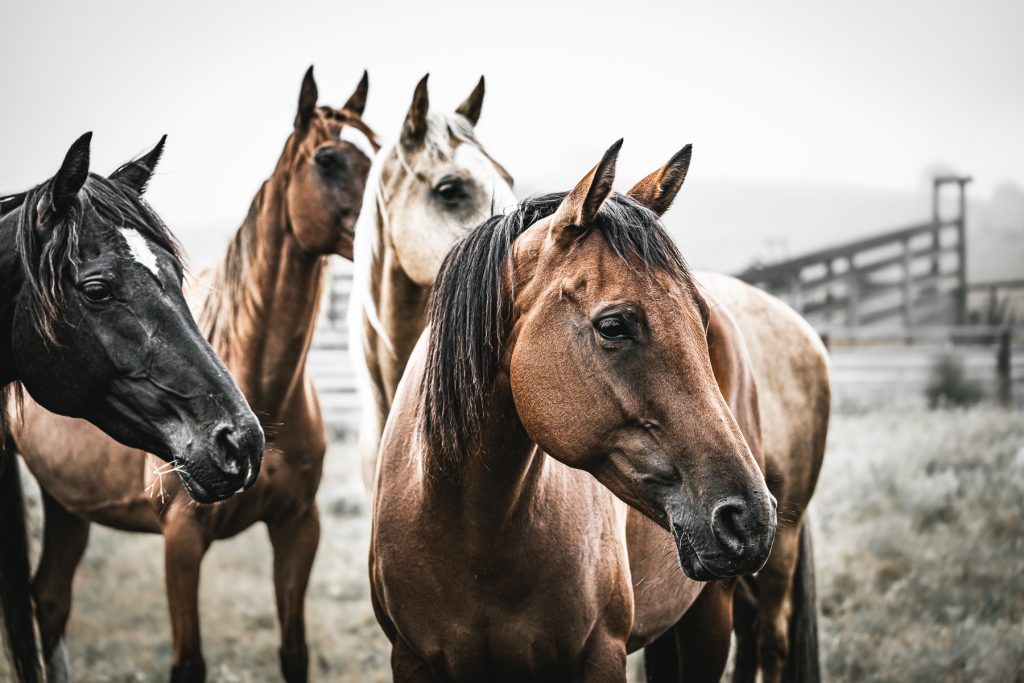
Tell us about your love of horses, which is so obvious in your work.
Horses are definitely a lifelong love affair, and one I am now lucky enough to share with my daughters. Horses force you to be honest, not just with them and with yourself. Otherwise, they see right through you. I am incredibly lucky now to be able to combine my love of horses, the bush, photography and storytelling in the one creative pursuit, and it feels like coming home. Photography teaches you many things, patience, the art of observation and above all perspective. You understand the power of perspective and your ability to change it. Photography and horses have been such an important anchor for me since leaving my national security career. The discipline and solitude of it has given me the space I needed to recalibrate.
Take one or two equine images and give us a short inside story that goes with the photograph.
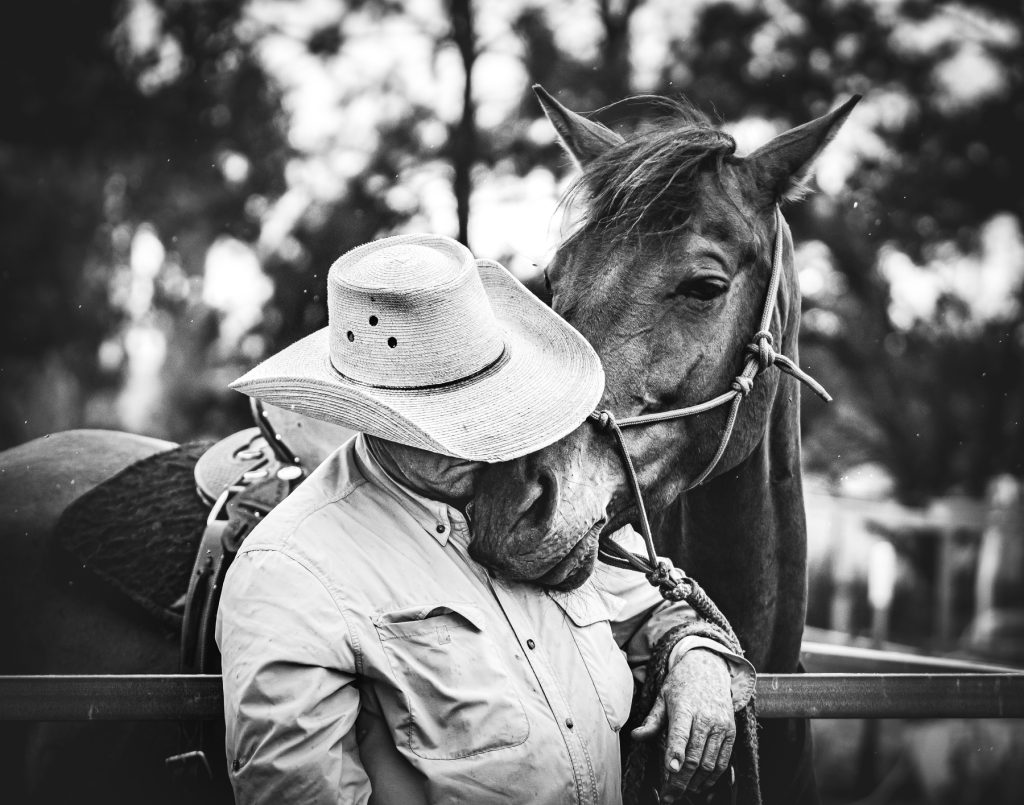
This shot is special and is probably a good example of how I moved from shooting events to shooting in a more documentary style. I now think of almost all my work as documentary photography. It is documenting people, horses, landscapes in a way that shares the world around me with the rest of the world. This image was taken at local horse event, but I was more interested in what was happening out of the arena. This was an incredibly tender moment as the rain began to fall Phil responded to his horse’s gesture, walking over and allowing a moment of connection which I was lucky enough to capture. I remember his response to the image was quite emotional.
LANDSCAPES…
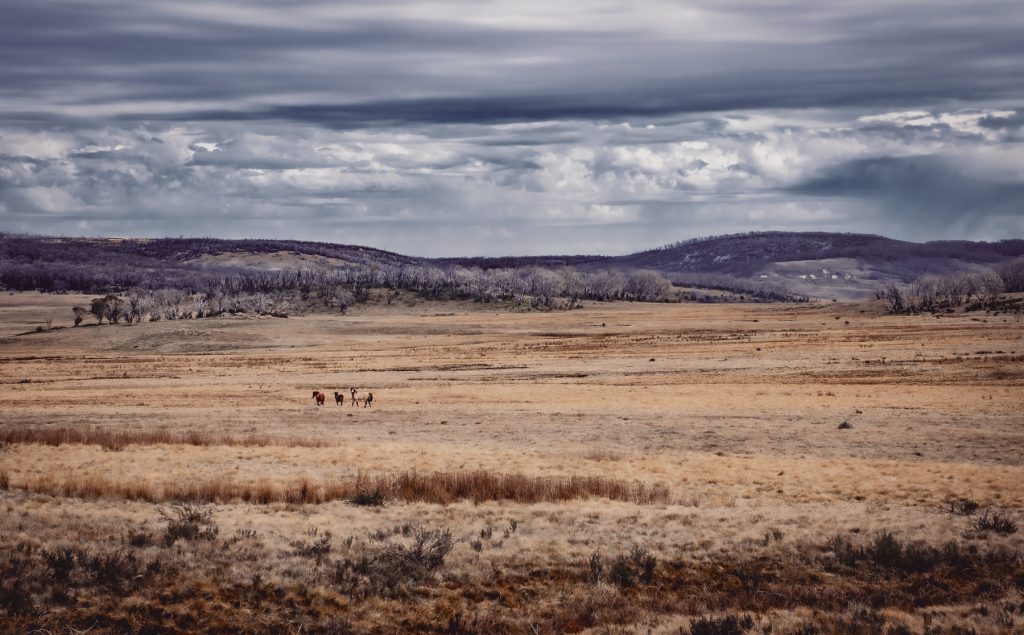
To me landscape photography isn’t about a perfect image. To me photography is all about storytelling, if there isn’t a story, it doesn’t matter how perfect the shot is, it isn’t going to resonate with people. I am attracted to telling stories that help me tell mine, that reflect my search for identity and place. I like creating images that have a certain amount of ambiguity to them. That are more a question than an answer. I began life on a very remote property in the bush, in the high country of the New England Tablelands. We had no electricity, no plumbing, and for me life unfolded beyond the reach of the modern world. My earliest memories are of the rhythms of the bush, storms rising, up through the gorges, the smell of horses, eucalyptus, kerosine and woodsmoke in the rain. It was a magic place that had a deep and lasting effect on me. A tension between the desire to live outside the safety, comfort and complexity of the modern world and the deep yearning to belong somewhere has always pulled at me, is a recurring theme in my work.
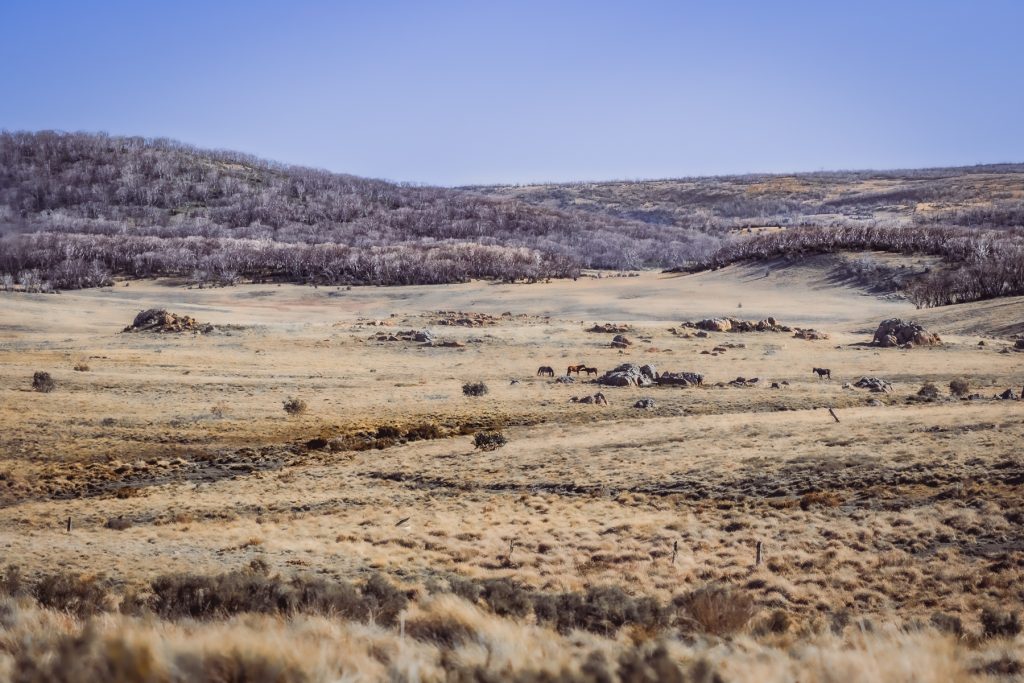
Comment on the almost sepia colour of your part of Australia in photography.
I guess That’s a question of style and I guess I definitely have a style or a signature, especially in the tones and colour I use. I used to work overseas a lot and coming home after being away a while was always emotional. I’d flick through inflight magazines featuring the familiar Australian landscapes, grateful to be home, grateful to be whole, and returning to our beautiful land. Yet I always found myself searching in vein for my landscapes. The glossy spreads would feature the red dirt of the interior or the sapphire blues of the coastline but not the beautiful soft tones of the middle; the tablelands and high country. This is my country. The colours and contours of these landscapes have a unique beauty. Harsh and yet soft and subtle. The light, the sky the air. Over the range but not out back. These are the landscapes I love. I think if I have a signature or style it is because these are the colours and textures I love, that comfort me, that call me home. I was asked recently how long it took to develop my style… I hope, is a lifelong journey. It takes a while for you to start trusting your own instincts and stop looking to emulate others but once you do it’s a never ending process of discovery and expression and evolution. So many things influence and change you and you always keep learning and growing. Creativity is a strange unaccountable thing.
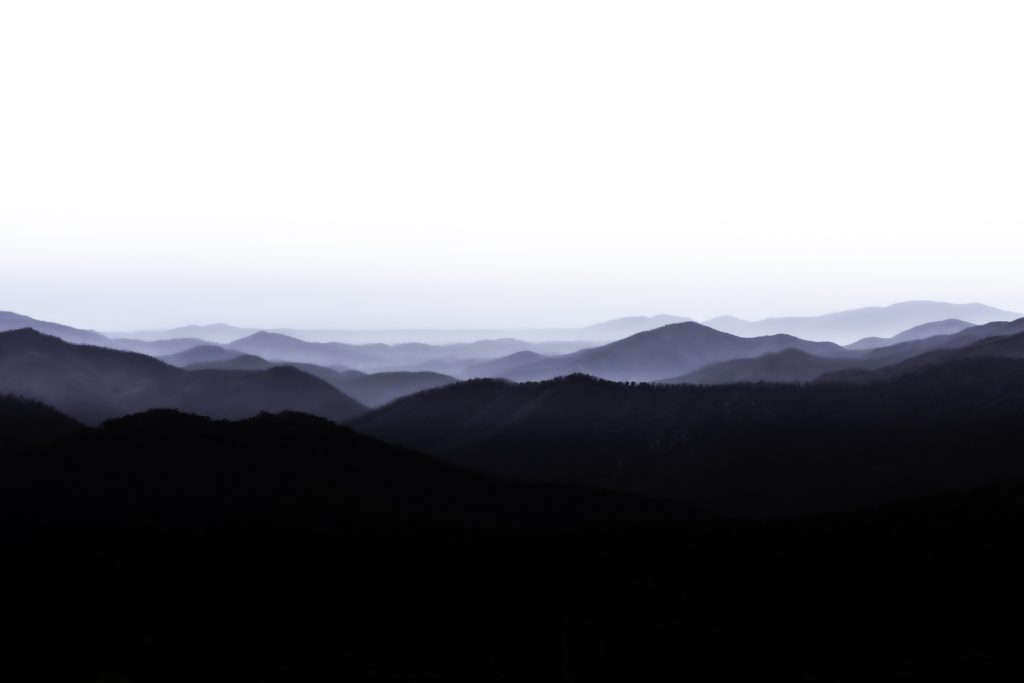
The physical vastness and what you are wanting to capture and why? I approach landscape photography from a feeling or emotion. Its about using elements in the landscape to tell a story or express something. It’s usually more about what a place feels like to me rather than what it looks like. It’s funny, I still don’t really think of myself as a real landscape photographer even though I take a lot of pictures of landscapes! My most recent landscape collection ‘Fields Of Gold’ is a series celebrating the vast beauty of the snowy mountain high plains and the brumbies that call them home. Influenced by the early Australian impressionist paintings that always captured my imagination, these works to me are about capturing the freedom and promise of these these plains.
Can you expand on the importance of your skill within your rural community?
I am a part of an beautiful rural community here in Bungendore on the NSW Southern Tablelands. One that has given me friendships and creative partnerships with incredible people who inspire me endlessly.
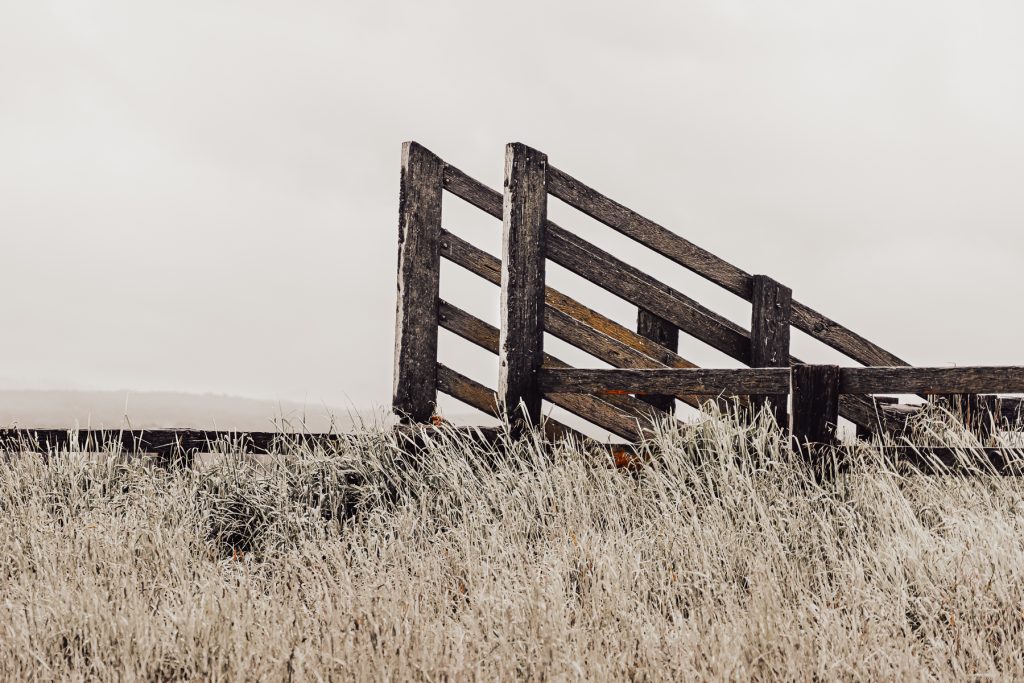
My gallery is part of The Malbon, an incredible local business collective which includes local businesses and artisans its been such a huge opportunity for me to grow by business and expand my reach as an artist, and I have also been able to use my skills to support growth and evolution of the Malbon its a great partnership I am lucky to be part of an amazing and supportive rural community here in Bungendore.
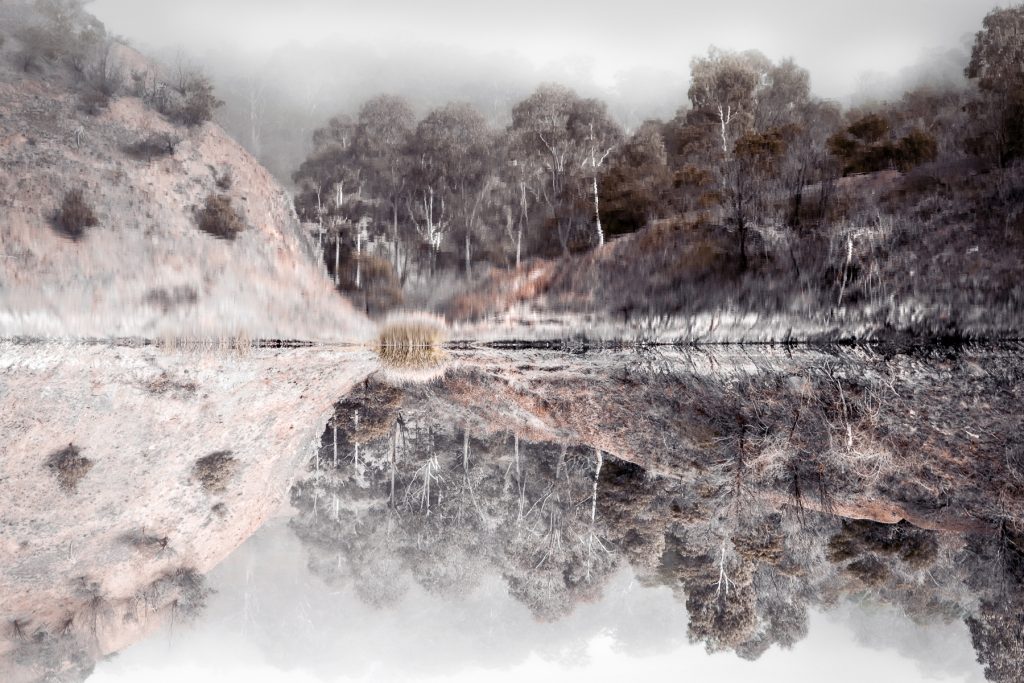
I love this landscape here. Not the white-sand beaches of the coast not the red dust of the outback. I love the crisp air and muted colours up here, it’s harsh but it’s subtle and beautiful too.
Contact:
Jerusha McDowell
Details
Jerusha McDowell
Rushe Photography Gallery open 7 days, Bungendore, NSW
Deborah Blakeley, Melbourne, Australia
Interview by Deborah Blakeley, March 2024
Images on this page are all rights reserved by Jerusha McDowell
Think a colleague or friend could benefit from this interview?
Knowledge is one of the biggest assets in any business. So why not forward this on to your friends and colleagues so they too can start taking advantage of the insightful information the artist has given?
Other artists you may be interested in:


